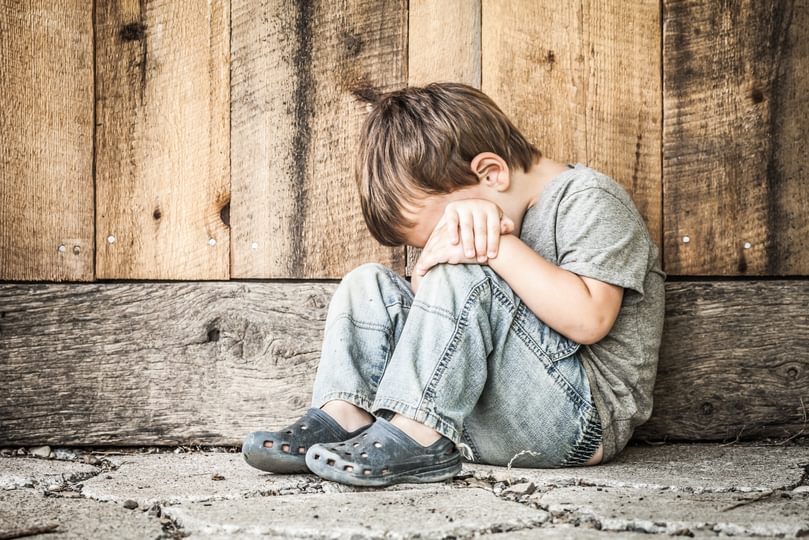
The 2008 financial crisis triggered the first contraction of the world economy in the post-war era. Amid falling wages and increasing unemployment, government capacity to address worsening social conditions was often constrained by mounting deficits, with social protection systems under threat when they were most needed. Children and young people, already at a greater risk of poverty than the population as a whole, were among the main victims of the crisis and ensuing austerity in advanced economies, and the countries most severely affected recorded some of the largest increases in child poverty.
In-depth analyses of the impact of the economic crisis and subsequent recession on children in eleven OECD countries allows some general lessons to be learned. Countries were very differently placed as the crisis struck, and the nature of the macroeconomic ‘shock’ itself differed greatly across countries, both in its initial impact and in the way it subsequently played out. Poverty for children assessed against a household income threshold held fixed in purchasing power rose sharply in Hungary, Ireland, Italy, Spain, and especially Greece, much more modestly in the UK, the USA, and Germany; it was little changed in Belgium and Japan, and actually fell in Sweden.
The macroeconomic response to the crisis has been hotly debated in terms of the ‘austerity’ measures imposed in many countries, in the form of public expenditure cuts and tax increases. It is clear from the country cases that these often played a major role in the impact on the living standards of families and children. The labour market was clearly also central, with increasing child poverty closely linked to an increase in the proportion of families with little or no employment. The poverty rate for children in such households can be remarkably high: in Spain for example it reached 86 per cent in the depths of the recession. In many countries the crisis disproportionately increased poverty among specific risk groups that already faced exceptionally high rates, including those with low levels of education, single parents, and a migrant background.
Measures directed at keeping workers in or attached to their jobs as the crisis hit were central to the strategy adopted in countries such as Germany and Belgium, and important lessons may be drawn from the way these were framed and implemented, and the institutional context that allowed this to be achieved. By contrast, some of the worst-affected countries such as Italy, Greece, and Spain, introduced measures to reduce employment protection, increasing precariousness.
All the case studies bring out the central role that social transfers played in cushioning the immediate impact of the crisis on child poverty. However, the income protection system was clearly more robust and effective in some countries than others. A substantial initial cushioning effect is evident in countries generally regarded as having systems with broad coverage, such as Sweden, Belgium, Ireland and the UK, but was also seen to be considerable in the USA, Italy, and Hungary. In Hungary the level of child poverty would have been more than twice as high without working-age cash social transfers, while in the USA more than one person in seven was benefiting from the Supplemental Nutrition Assistance Program (‘Food Stamps’) by 2011, and the extension of entitlement to unemployment benefit was also important. Japan, Greece, Italy, and Spain have less comprehensive, more fragmented social protection systems.
While the cushioning effect of social protection was key in the immediate aftermath of the financial crisis, the extent to which countries could maintain that buffer depended very much on the severity of the recession and fiscal pressures. The impact of the austerity measures imposed was most evident in Greece, Ireland and Spain (where yawning public deficits necessitated external bailouts) as well as Hungary and Italy. The UK saw major changes in strategy in the course of the recession, with severe cuts in social spending from 2010 and working-age transfers bearing the brunt. Hungary also saw a shift from family allowances to family tax benefit as well as cuts to social assistance, so the poverty-reducing capacity of the social protection system decreased dramatically. In Italy, by contrast, there was some progress towards expanding coverage of income support in unemployment, and Japan saw major reform and expansion in universal child benefit though with a subsequent roll-back.
These country experiences bring out the importance of building a coherent ‘social fabric’. In most cases, this implies increasing social transfers, while protecting work incentives. Child benefits/family allowances have an important role to play, and in the countries with neither a universal child benefit nor an effective and comprehensive income-based family payment that is a significant gap to be addressed. The poverty-reducing impact of current social protection and social spending could often be increased. Progressive taxation and a higher degree of efficiency can be achieved through better design of cash benefits and in-kind services, re-balanced towards the poor and vulnerable. It is also essential for social spending to be appropriately aligned with labour market policy, in order to address the structural problems of low education and other factors that underpin low labour force participation (particularly among mothers) and household worklessness. The successful activation and integration of such households into the labour market—including, for example, lone parents and those from minority or migrant backgrounds—is key.
A coherent strategy encompassing social protection, the labour market, education, and childcare is required to better protect children in future crises. A final lesson though is that even the best-designed and resourced social support structures would struggle to cope with recession of the severity experienced by the worst-hit countries in the recent crisis; the depth and duration of the Greek crisis in particular would pose insurmountable challenges to even the most advanced welfare state.
- This article initially appeared on the OUP blog
This opinion piece reflects the views of the author, and does not necessarily reflect the position of the Oxford Martin School or the University of Oxford. Any errors or omissions are those of the author.
